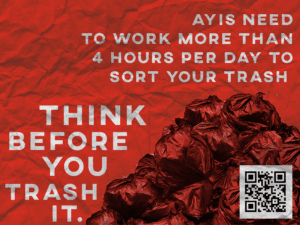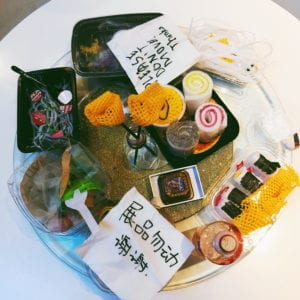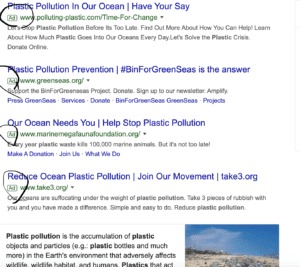It was an amazing experience listening to Yan’s talk. I have paid attention to the trash sorting from the very beginning when the policy was about to publish, and I thought that I am familiar enough with the sorting, but obviously, Yan is the man who knows the most. He devotes so much time into the trash, almost 18 hours a day. What interests me is that old clothes can be recycled, but at a very low price. I am reminded of the news that H&M used to throw away the clothes which led to environmental pollution. Recycling them seems to be much more environmentally friendly. Acquaintance discount mentioned by Yan is also interesting. Chinese society has always been a “networking society” — your networking is super important in this country. When I was a child my grandparents used to call people to come home and take away trash like cardboard. I am a little surprised that social networking even works on such a small thing. I love the ending from him so much, when Cindy asked his feeling of working in this city for more than 20 years, he said: “every year the city is changing so fast, I see Pudong from farms to skyscrapers, and the trash increase so much with the increase of the population”. In most people’s mind trash just disappear immediately after they throw them into the trash bin, but trash is something that cannot be separated from us at all. We don’t see them is because there are people like Yan who deal with the trash for us.
Video made by James Chou

Poster made by Kimmy Tanchay
During the process of designing the campaign, we got the chance to have a conversation with the property manager who is responsible for the department of Procter & gamble. We knew something interesting from the conversation, for instance, the school will collect about 10 big buckets of residual trash and about 2 buckets of household trash, but that does not contain the trash from B1 and the second floor since cafe and cafeteria belong to Sprout Work and it is separated. What’s more, the toxic substance produced by the 7th-floor lab will be taken away by certain people who are contacted directly by the teacher, they do not belong to the school trash system either.

The art installation
For the art installation, we came up with the keyword “food” because Eva brought a rotatable table. We then started to think about how can we turn those plastic waste into the shape of food. We found proper materials to make sushi, noodles, roll cakes, bowls of vegetables. To be honest, when the whole table of dishes was finished we were super surprised — they look nice, even like real food in the first glimpse. From my perspective, connecting food with plastic trash is really meaningful since a huge proportion of plastic trash comes from the packaging of food. Most of my plastic trash just come from waimais, and a lot on campus. Just don’t always order waimai with too much plastic wrapping, avoid using plastic bottles and straws especially in the cafe, reduce the time that you “eat” plastic, this is what we students can do the most to contribute to plastic waste reduction.
